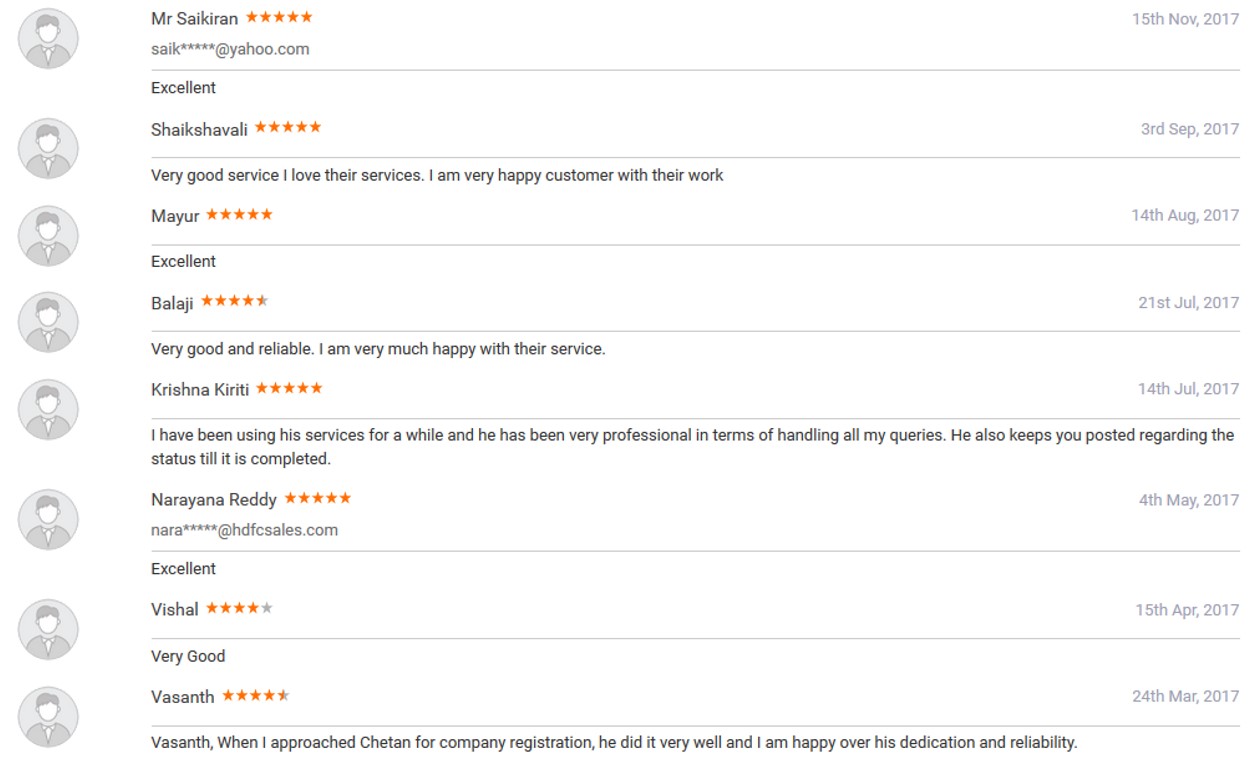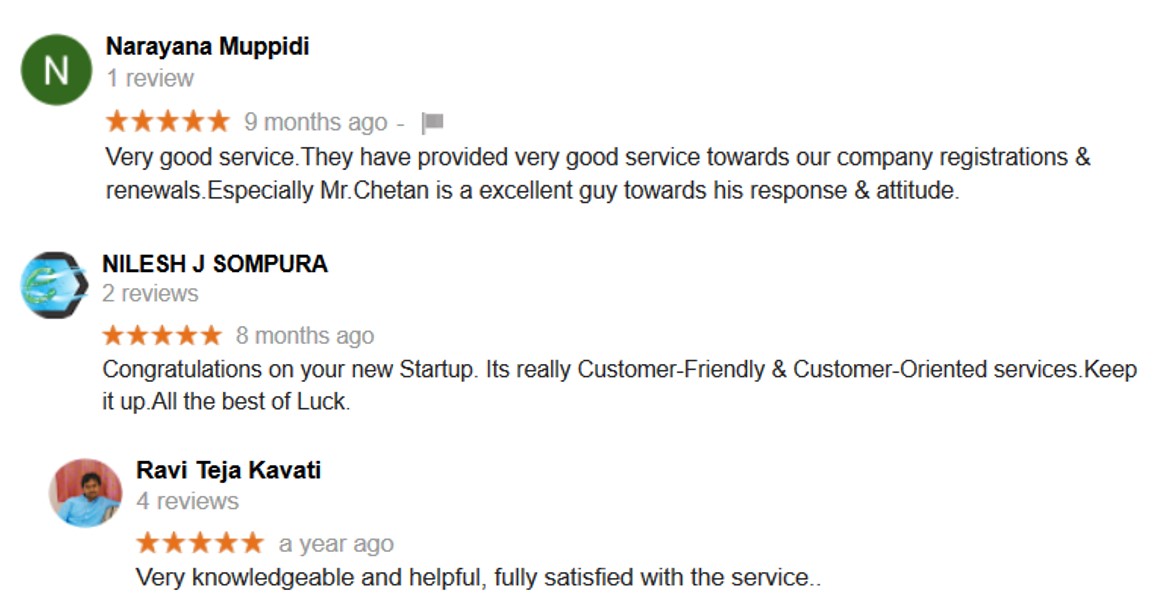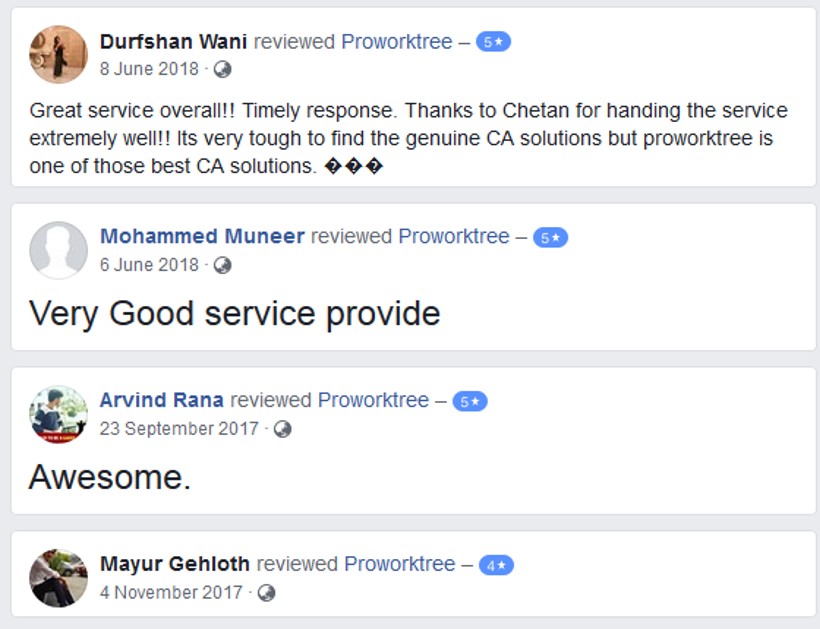What is Patent? What are its rights?
The exclusive right specified by the legal system, in order to let creators utilize their work as well as develop their creation for a restricted period of time, is referred to as Patent. Indian Patents and Designs Act 1911 was replaced by the Patents Act. India was an active participant to many international arrangements. The main objective behind this was to create a solid foundation of the patent law. It later came to be associated with the Trade Related Intellectual Property Rights (TRIPS) system. Patent plays an integral role in building the industry all around the world. Patent impedes anyone from utilizing, renting, importing the patented artifact. However, the patent is granted for twenty years from the day of the first filing. There are types of Patent-In order to acquire a Patent, an application can be made by a single individual or in cooperation with another individual as deemed fit by the creator, attorney of the decreased creator and so on. However, it is mandatory to mention the name of the inventor if he is the one applying for the patent. The Patent Act guarantees the owner of the creation with the subsequent rights: -
-Ordinary Patent
-Convention
-Patents of addition
- When the applicable requirements are accomplished, a patent is granted.
- No person may misuse the patented creation after the grant of the patent.
- As mentioned in the Act, license contracts can thereafter be achieved.
Inventions that are not patentable
- Any creation that threatens ingrained accepted laws.
- An innovation that is defiant to the existing legal structure or morality and is detrimental to civic health.
- Any abstract theory established as a scientific principle or the formulation such a theory is not patentable.
- Any new property or a recognized substance utilized in a process resulting in a new
- When a substance is formed from a mixture of properties of the components or the method develop such an element.
- When an agreement is made involving replication of known devices, where there is individual functioning.
- During the manufacturing of goods, the methods involved in testing the machine, equipment or any other tools for the enhancement of the production.
- The process involved in agriculture or horticulture in not patentable.
- Any innovations that involve atomic energy.
- Substances that are prepared by chemical processes are not patentable. However, the procedure or progression of manufacture will be patented.
The rights of a patent possessor are as follows:
- The patent possessor is entitled to produce, import, and rent or put on the product in the market at his own will. The owner is not required to acquire permission from an individual and may make a deal under any circumstances. He can gain the profits of the patent with no hindrance from anyone.
- Other than the possessor of the patent, no one is given the opportunity to use the technology needed to manufacture the goods which use the technology. This is illegal in the eyes of law. If such a situation arises then the patent owner has the right to take legal action against the illegal use of the good.
- If it is found that an individual is engaged in illegal use of the patented product, thereafter, the owner is entitled to claim reparation from that person. The owner is at liberty to receive a substantial amount of wealth for that.
- A license to a third party can be provided to another individual by the patent title holder if he wishes. Henceforth, the license holder is permitted to utilize the patent for a granted interval of time.
Responsibility of a patent owner
- The owner is required to provide authentic details about his creation. In addition, at least one approach that was needed during the invention has to be disclosed. All such requirements are sanctioned by the Act.
- Subsequent information regarding foreign requests and grants is mandatory.
- As mentioned in the Act, the fees should be paid to the Managing Director.
- As per as Section 69, the license contracts that appoint patent applications manage to restraint detrimental provisions.
Documents necessary for obtaining a Patent
- Firstly, a Patent application in Form-1 is required.
- Evidence should be provided by the inventor in order to prove his right to file the application.
- In case the entire specifications are not obtainable, provisional specifications are required.
- However, a complete specification should be provided, after filing of the provisional specification. This should be done within 12 months after the first filing.
- Section 8 in Form- 3 allows statement and undertaking. Within 6 months of application date, Form 3 can be filed as well.
- In Form 5 inventorship has to be stated. This declaration should be filed within a month from the date of application filing.
- Power of authority can be filed by a Patent agent in Form-26. Whereas, in case of the general power of authorization, the Patent Agent has to submit a self-attested copy.
- In case Priority document is filed, the following documents are required.
- Under Paris Convention, Convention Application.
- As per rule 17.1(a or b), PCT National Phase Application.
Along with the application, Priority document must be filed prior to the expiration of eighteen months.Under any circumstances, if infringement is detected, integral elements of the patented invention can be revoked. Thus, it is necessary to have a full knowledge about “what is patent and what are its rights”.
- When a biological material is attained from India, it is required of the applicant to submit the permission attained from the National Biodiversity Authority, prior to any time before the approval of the patent. If submitted before the grant of the patent, the permission from the National Biodiversity Authority should be sufficient.
- The source of geographical basis should be mentioned in the application form.
- The requisite signature of the authorized person or Patent Attorney along with name and date should be present in all application forms.
- The specification, whether Provisional or Complete must be signed by the applicant and/or the agent. The date should be specified with it on the last page of the mentioned specification.











 Corporate Entity Registration
Corporate Entity Registration




0 comments have been posted.